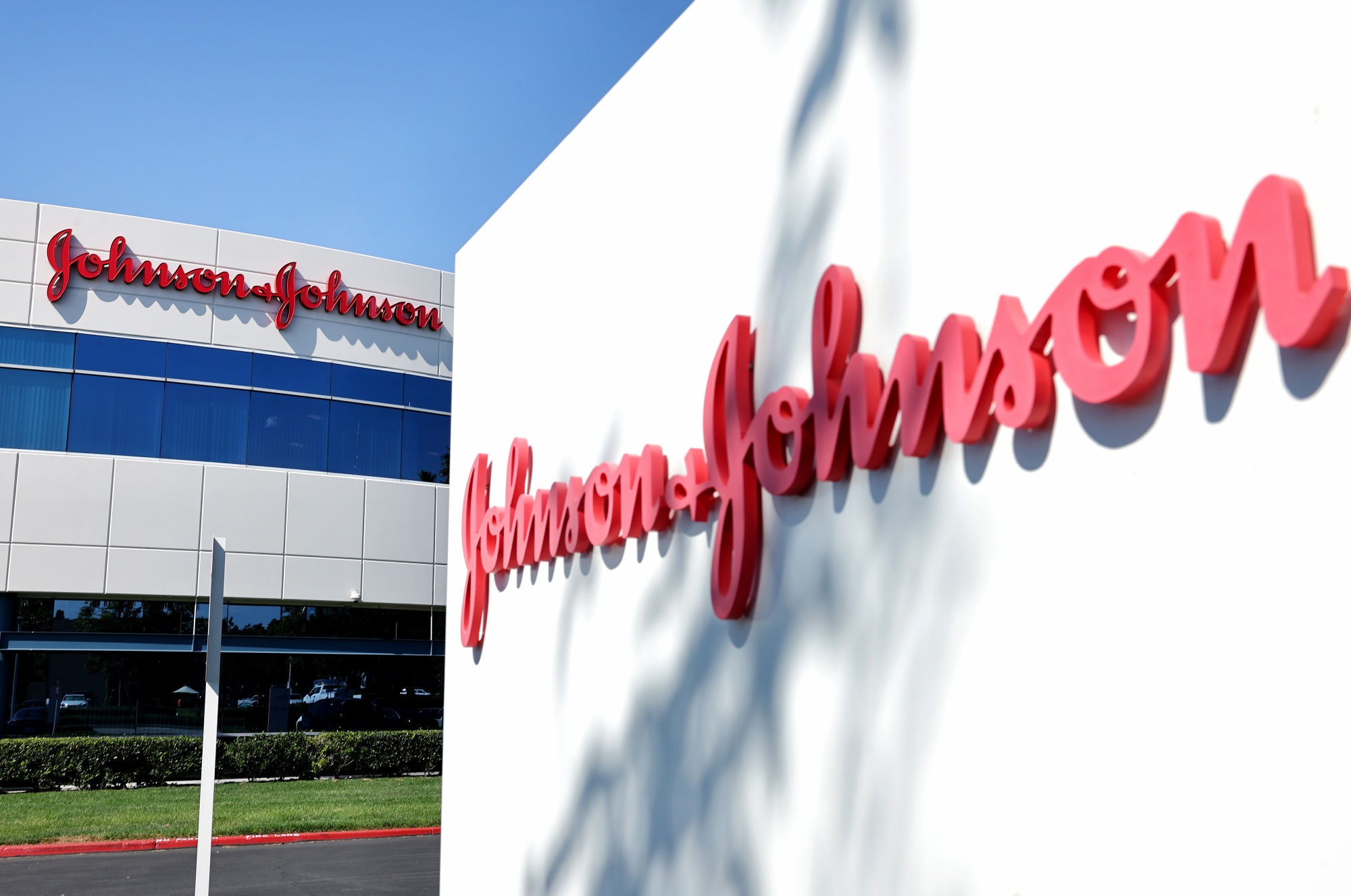Johnson & Johnson on Tuesday reported first-quarter adjusted earnings that exceeded Wall Street’s expectations, driven by a surge in sales within its medical devices business. The company’s total revenue for the period was largely in line with estimates.
J&J’s medtech division, which provides devices for surgeries, orthopedics, and vision, has benefited from a rebound in demand for nonurgent surgeries among older adults who had deferred these procedures during the Covid pandemic.
This increased demand has been noted by health insurers such as Humana, UnitedHealth Group, and Elevance Health.
J&J CFO Joseph Wolk stated on Tuesday that while consumers may be cutting back in other areas, they “don’t want to compromise when it comes to their health, their mobility, their ability to live a fulfilling life.”
He mentioned that the company has observed increased procedure levels post-pandemic, with “no backtracking” on that trend.
Despite the positive earnings report, shares of J&J closed more than 2% lower on Tuesday.
J&J’s financial results are considered a bellwether for the broader health sector. The company posted $21.38 billion in total sales for the first three months of 2024, marking an increase of more than 2% from the same quarter in 2023.
The pharmaceutical giant recorded net income of $5.35 billion, or $2.20 per share, during the quarter, compared to a net loss of $491 million, or 19 cents per share, for the same period last year.
The previous year’s results included costs related to its talc baby powder liabilities and the spinoff of its consumer health unit, Kenvue.
Excluding certain items for the first quarter of 2024, adjusted earnings per share were $2.71.
J&J also narrowed its full-year guidance. The company now expects sales of $88 billion to $88.4 billion, compared to the previous forecast of $87.8 billion to $88.6 billion.
J&J expects adjusted earnings of $10.57 to $10.72 per share, compared to the previous guidance of $10.55 to $10.75 per share.
Separately on Tuesday, J&J announced it would increase its quarterly dividend to $1.24 per share, up 4.2% from $1.19 per share, marking the company’s 62nd consecutive year of dividend increases. The dividend is payable on June 4.
The results follow J&J’s $13.1 billion acquisition of heart device firm Shockwave Medical, part of its strategy to expand into the cardiovascular space.
Both companies have stated that the deal will position J&J as a leader in four rapidly growing cardiovascular technology categories.
The transaction is expected to close mid-year and will impact J&J’s full-year guidance, according to executives during the earnings call on Tuesday.
Over the past two years, J&J has also acquired two other heart device companies, spending $16.6 billion to buy Abiomed and $400 million to acquire the private company Laminar.

These acquisitions aim to strengthen J&J’s medical devices business following the company’s separation from its consumer health unit, Kenvue, last year.
J&J’s medical devices business generated $7.82 billion in sales during the first quarter, an increase of more than 4% year over year. Wall Street had expected revenue of $7.87 billion, according to estimates compiled by StreetAccount.
J&J attributed the year-over-year rise to its acquisition of Abiomed and growth in electrophysiological products, which evaluate the heart’s electrical system and help doctors understand abnormal heart rhythms. Wound closure products and devices for orthopedic trauma also contributed.
However, sales of the unit’s vision products, including contact lenses, fell 3.3% to $1.26 billion for the quarter. Wall Street had expected vision sales of $1.33 billion.
J&J executives explained that this decline was primarily due to a “contraction” of U.S. distributor inventory in contact lenses.
They remain confident in the business’s performance, expecting single-digit growth in vision this year and significant improvement moving forward.
In other segments, J&J reported $13.56 billion in pharmaceutical sales, reflecting around 1% year-over-year growth. Excluding sales of its Covid vaccine, revenue in the pharmaceutical division grew nearly 7%.
This was the fourth quarter without any U.S. sales from J&J’s Covid vaccine, which generated $25 million in international revenue.
Analysts had expected sales of $13.5 billion for this business segment, known as “Innovative Medicine,” which focuses on developing drugs across various disease areas.
The company attributed the growth in this segment to sales of Darzalex, a biologic for multiple myeloma treatment, and Erleada, a prostate cancer treatment. Carvykti, a cell therapy for a specific blood cancer, and other oncology treatments also contributed to the increase.
First-quarter sales of J&J’s blockbuster drug Stelara, used to treat several chronic conditions such as Crohn’s disease, were relatively flat compared to the same period last year.
Stelara brought in $2.45 billion in sales for the quarter, while Wall Street had expected revenue of $2.61 billion. J&J began losing patent protections on Stelara late last year, allowing cheaper biosimilar competitors to enter the market.
However, the company has signed settlement agreements with Amgen and other drugmakers to delay the launch of Stelara copycats until 2025.
J&J’s first-quarter results come amid investor concerns over the tens of thousands of lawsuits alleging that the company’s talc-based products were contaminated with asbestos, causing ovarian cancer and several deaths.
These products, including J&J’s baby powder, now fall under Kenvue, but J&J will assume all talc-related liabilities arising in the U.S. and Canada.
In March, a federal judge ruled that J&J could contest scientific evidence linking its talc products to ovarian cancer, potentially affecting a federal court case that consolidates 53,000 lawsuits.
Wolk described the ruling as a “very significant development,” dismissing the evidence against J&J as “junk science.” However, he noted the difficulty in providing a timeline for resolving the ongoing litigation.
In January, J&J announced a tentative settlement to resolve an investigation by more than 40 states into claims that the company misled patients about the safety of its talc-based products. J&J will pay $700 million to settle the probe.
Last year, J&J allocated approximately $400 million to resolve U.S. state consumer protection claims. The settlement does not resolve the lawsuits, some of which are scheduled to go to trial this year.
